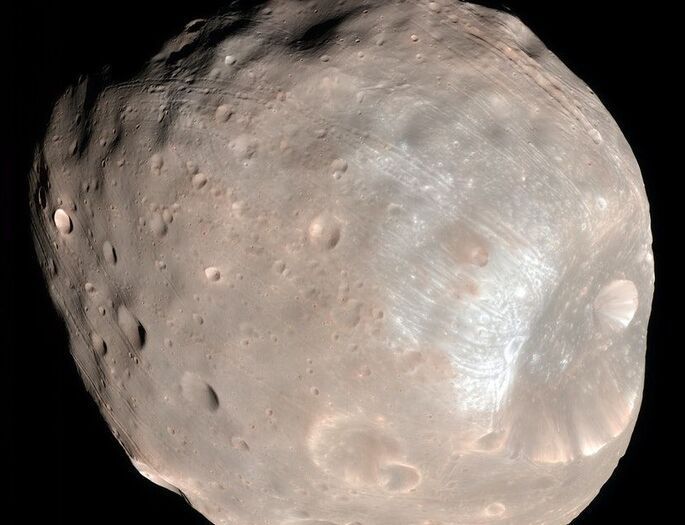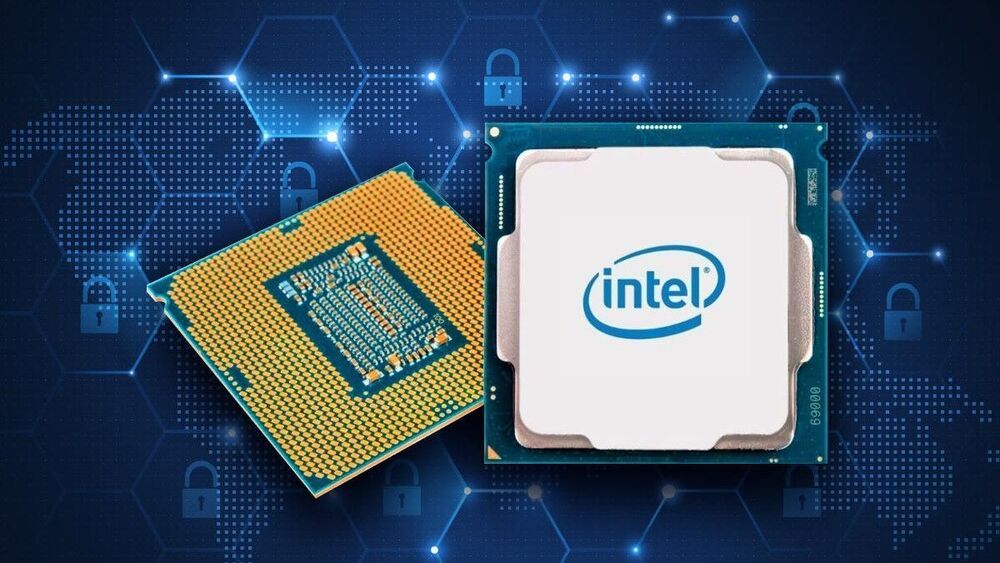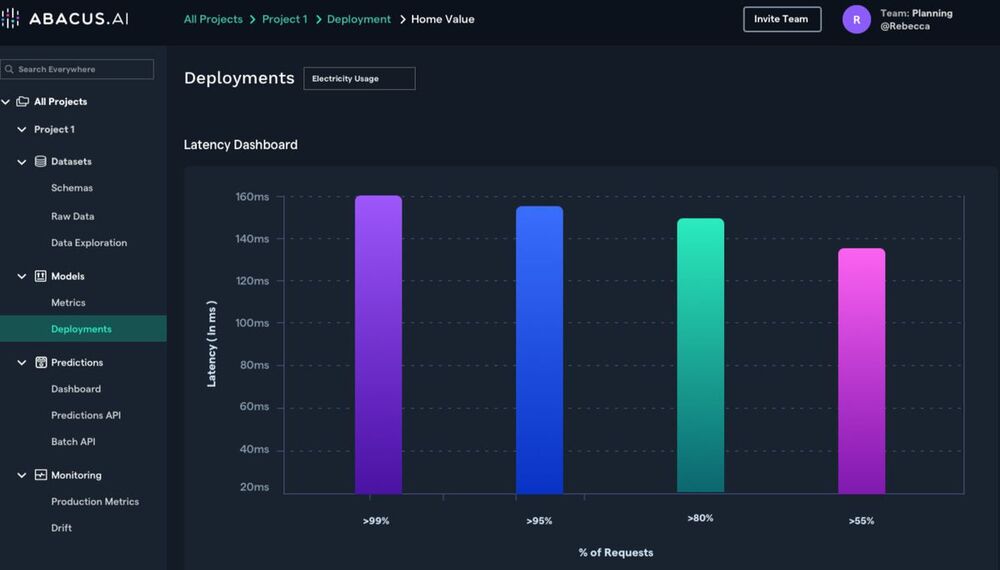Aug 14, 2021
Phobos: Why the largest Martian moon may reveal alien life
Posted by Atanas Atanasov in category: alien life
Why an upcoming mission to Phobos may reveal something spectacular.
Both NASA and the European Space Agency are operating or planning major missions to — and back from — the Red Planet in a hunt for signs the once wet planet also hosted microbial life forms.
But it’s possible the best place to look for life on Mars isn’t on Mars at all.
Continue reading “Phobos: Why the largest Martian moon may reveal alien life” »

















